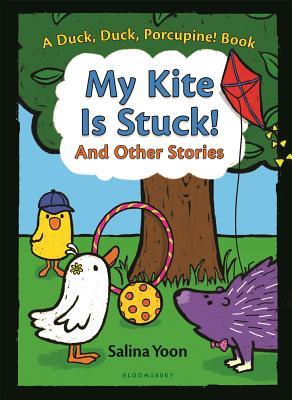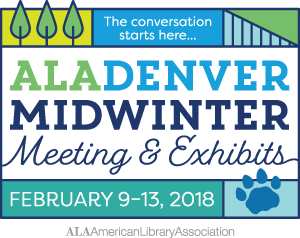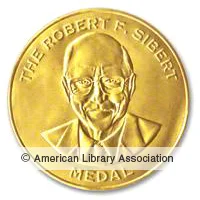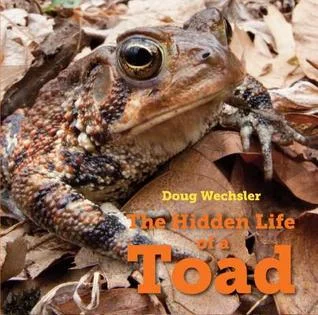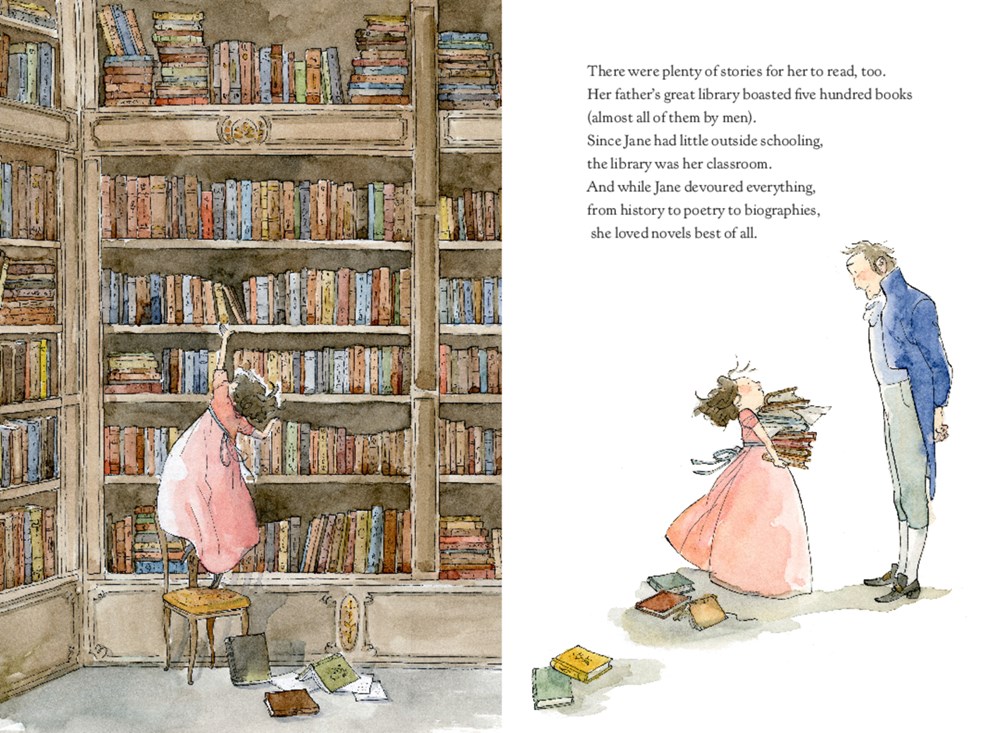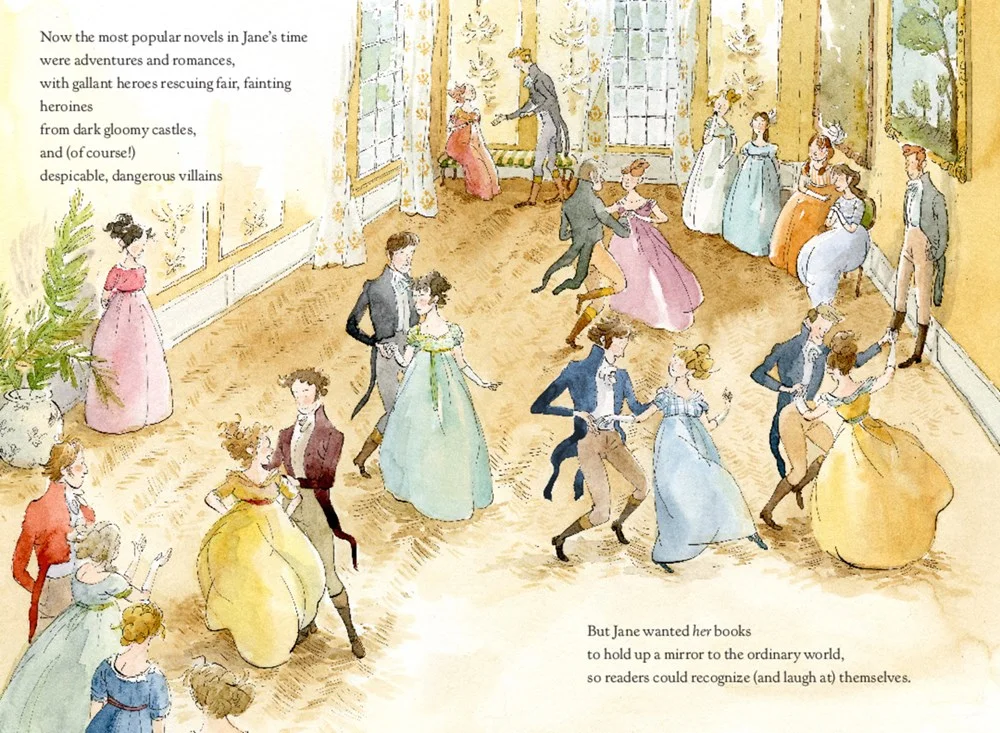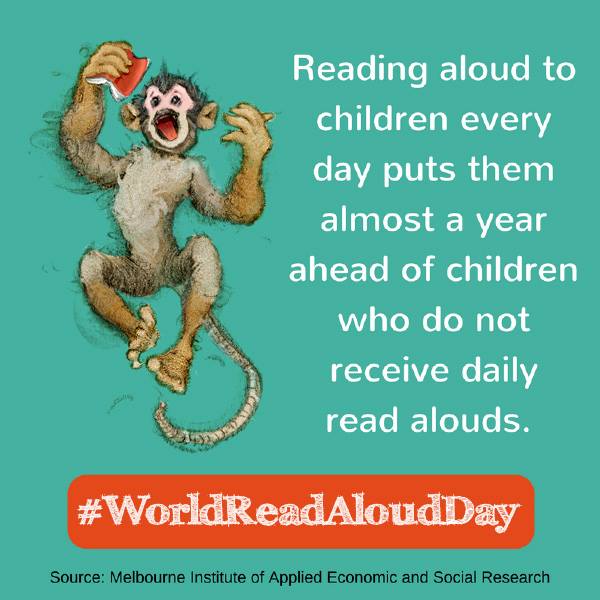Today, I am flying to Denver to attend the ALA Midwinter. So, I am taking a short break from my normal #Road2Reading Challenge post and sharing reminders about where to find information about the Youth Media Awards (YMAs).
First up, at this year's Youth Media Awards, ALA will support multicultural literature for youth with enhanced 2019 Youth Media Awards (read the full press release here). This is fabulous news and what a great resource.
"In an effort to bring awareness about and encourage the creation of more books that depict diverse cultures, or by authors of color, the ALA will highlight titles selected by the American Indian Library Association (AILA), Asian/Pacific American Librarians Association (APALA), and the Association of Jewish Libraries (AJL), during the upcoming 2019 ALA Youth Media Awards. In the meantime, the ALA encourages readers of all ages to visit the affiliate websites to learn more about their 2018 award winners." - ALA Press Release
If you are free on Monday, February 12th at 8 a.m. MT, the YMAs will be announced live from the Colorado Convention Center. You can watch the live streaming, here. If you are not somewhere that you can watch the announcements, you can follow it at #alayma
Check out Michele Knott's Mock Giesel Predictions, here.
I don't feel like I have a good grasp on what is going to win the Giesel Award but here are three that I would love to see be recognized...
Snail & Worm Again by Tina Kugler (HMH Books for Young Readers)
The Good For Nothing Button by Charise Mericle Harper (Disney-Hyperion)
My Kite is Stuck! And Other Stories by Salina Yoon (Bloomsbury)
Look forward to sharing with everyone who the final winners next week.
All journeys have a starting place.
This is a weekly place to find books and tools
that you may use with readers at the start of their reading journey.
Join in the conversation at #road2reading.
Do you work with readers who are starting their journey on the road to reading? Join Michele Knott from Mrs. Knott's Book Nook and myself every Thursday as we explore books and ideas to help readers have a successful start to independent picture book and chapter book reading. If you blog or have a Goodreads page, please link up with us!




